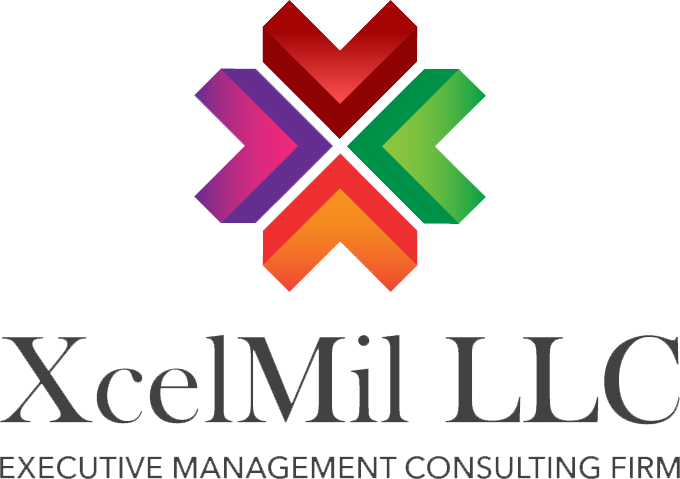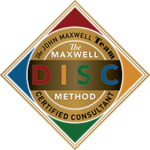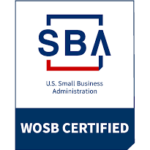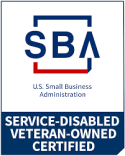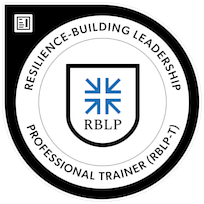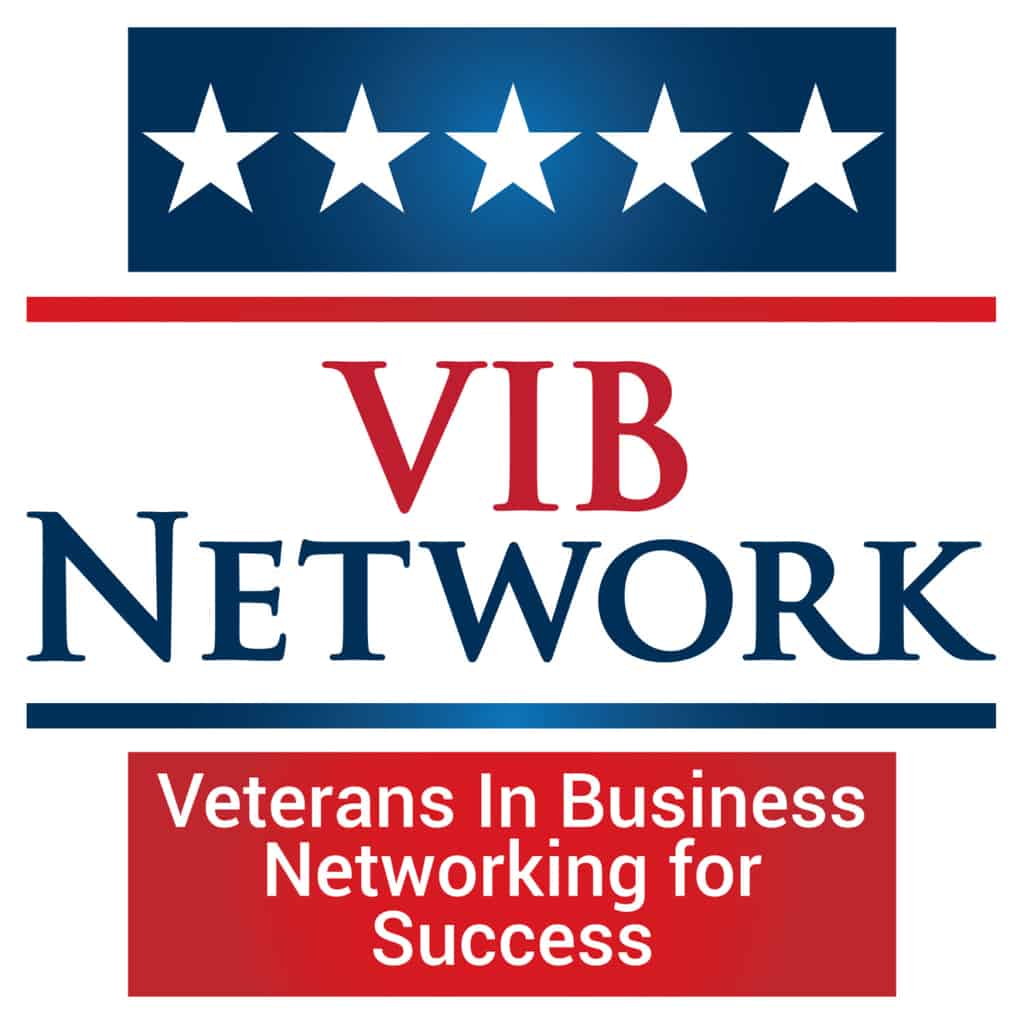Did you know that according to a Gallup survey, only 7% of U.S. workers strongly agree that communication is accurate, timely, and open where they work?
In the ever-evolving business world, communication is essential for success. Without open and effective communication channels, businesses may encounter numerous challenges, including misunderstandings, low employee morale, and decreased productivity. As such, creating a culture of open communication within an organization has become a necessary aspect of organizational management in recent years. This article aims to provide insights into how organizations can implement strategies that foster transparent communication between staff members and leaders across all levels of the company. By emphasizing the importance of good communication practices as well as providing practical tips on how to create an environment where everyone feels comfortable sharing their thoughts and ideas without fear or judgment – this article will help you improve your organization’s overall performance by promoting trust and collaboration among employees.
Definition of Open Communication
Open communication refers to a culture within an organization where individuals are encouraged to express their thoughts, ideas, and opinions without fear of judgment or repercussions. It is a process where employees feel comfortable communicating with management and colleagues about concerns, challenges, and suggestions for improvement.
In open communication environments, feedback is welcomed as it provides opportunities for growth in areas that may be lacking. This type of environment promotes transparency among team members and minimizes misunderstandings due to the free flow of information. Creating a culture of open communication has become increasingly important in today’s business climate due to the complexity of organizational structures and diverse teams working remotely or across different time zones.
Success can only be achieved through clear channels of communication between all levels from top management down to support staff members who contribute significantly towards
achieving company goals. Organizations can foster open communication cultures by implementing strategies such as regular team meetings, providing training on effective communication techniques, and investing in technology systems that encourage interaction among workers irrespective of their location.
Finally, cultivating openness needs continuous effort, commitment and encouragement from leaderships both formally, but more importantly through setting good examples themselves ensuring they always practice what they preach when it comes to listening and respecting others views.

Reasons for the Need of Open Communication
Open communication is vital in any organization for various reasons. First, it fosters trust among employees and between employees and their leaders. When there is open dialogue, everyone feels valued, heard, and respected; hence they are likely to reciprocate the same attitude towards their colleagues. This enables team building that helps to achieve business objectives.
Second, when communication channels are open within an organization, misunderstandings can be avoided or resolved promptly before escalating into bigger issues that may compromise productivity levels. Open lines of communication also promote a culture of transparency where problems can be addressed as they arise instead of being hushed up or ignored.
Third, information exchange flows freely in a workplace with good communication practices which facilitates innovation and creativity as every employee has access to valuable insights from staff with different experiences and expertise levels. Creating an environment that values open communication leads to improved collaboration within teams leading to increased productivity levels while minimizing errors associated with miscommunication.
Steps for Creating a Culture of Open Communication
Creating a culture of open communication in an organization can be challenging, but with the right steps, it is achievable.
- Encourage employee participation by providing them with opportunities to speak up and be heard. This can include regular team meetings or suggestion boxes where employees can express their thoughts and ideas. Management should also ensure that feedback is provided on a consistent basis so that employees feel valued and
- Lead by example at all levels of It’s important for leaders within the organization to model transparent communication so that it becomes ingrained into the company culture. They should encourage others around them to do the same through active listening, acknowledging differing opinions, and responding constructively when necessary.
- Create open lines of transparency across different departments within an This action can facilitate clear communication practices by sharing information between groups who ordinarily may not have access to this information otherwise. This fosters collaboration among teams as well as more efficient problem-solving strategies if issues arise; productivity across multiple departments improves too!
Overall, establishing these guidelines ensures long-term success amongst employees working together towards common goals while maintaining positive relationships throughout each level seamlessly implemented via effective implementation methods such as training sessions or no-tolerance policies against workplace toxicity etcetera – all building blocks for job satisfaction!

Benefits of Creating a Culture of Open Communication
One benefit of creating a culture of open communication in an organization is increased trust and transparency. When employees feel that their leaders are honest and transparent in communicating with them, they are more likely to trust the organization as a whole. This can lead to greater job satisfaction and loyalty among staff members, which can result in lower turnover rates.
Another benefit is improved decision-making processes. By encouraging open communication channels between team members and leaders, organizations can access diverse perspectives on complex problems. This leads to better decisions being made as the entire team weighs in on important matters instead of just a few individuals making important choices alone.
Lastly, an open communication culture facilitates innovation through exchange of ideas within a company’s teams. If everyone feels comfortable sharing creative suggestions without fear or criticism from above leadership, there would be the easy generation of great ideas for better operations leading to the business reaching its desired goals rather than relying solely on top-level management strategies for innovation.
In conclusion, fostering a culture of open communication in an organization is crucial for optimal performance and growth. Effective communication between team members, leaders, and the management ensures that everyone understands their roles and responsibilities. It also helps to establish trust within the company resulting in increased employee morale.
Leaders should encourage feedback from employees on how they can make communication channels more transparent while embracing technology platforms like chat platforms or intranet sites to facilitate seamless information flow across departments.
Creating a culture of open communication promotes collaboration among employees leading to innovative ideas and strategies that will help grow the business exponentially over time.
Book a consultation with us now! Please do not hesitate to contact us with any questions. We would love to hear from you. Email at info@xcelmil.com.
Click here https://xcelmil.com/xcelmil-coaching-and-consulting-services/ to learn more about our services.
Twitter: https://twitter.com/GraticMelody
LinkedIn: https://www.linkedin.com/in/melodygraticconsulting/
XcelMil, LLC is a certified Minority-Woman and Service-Disabled Veteran-Owned Small Business specializing in Executive Management Consulting and Leadership Development Training.
